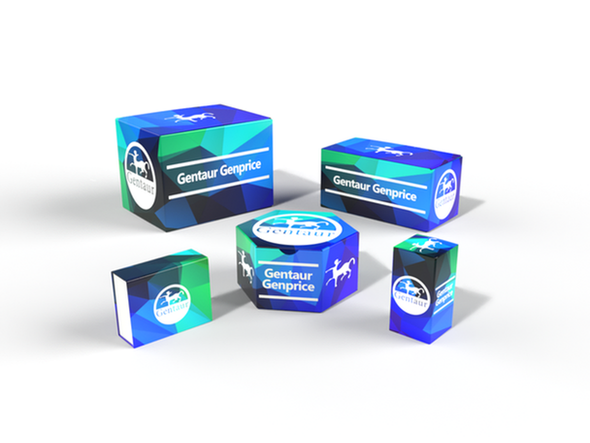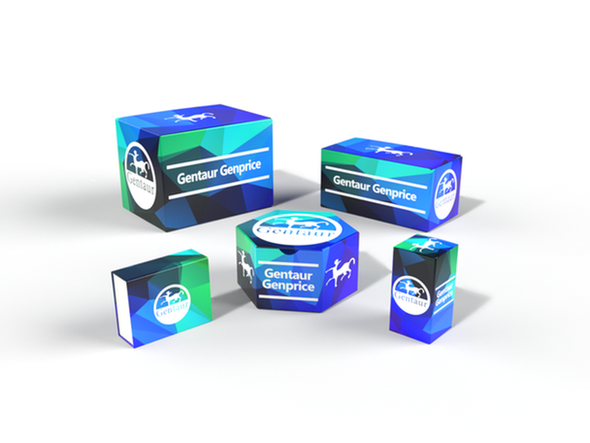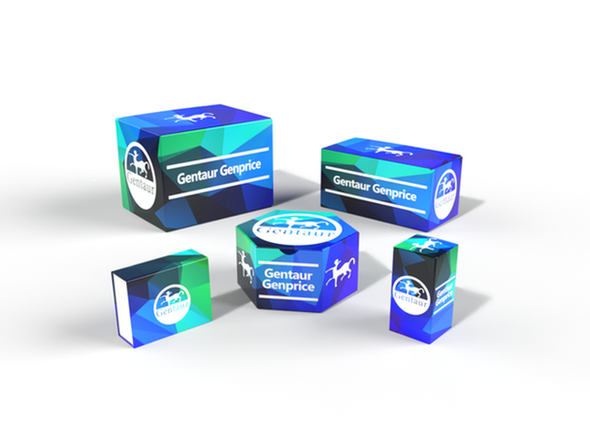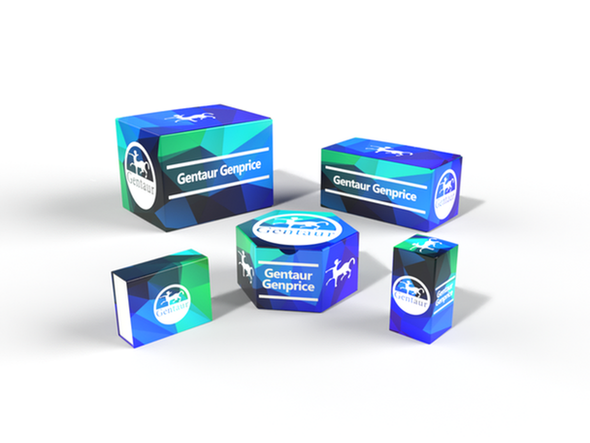740
Fish Interleukin 1α (IL- 1A) ELISA Kit | AE63257FI
- SKU:
- 740-AE63257FI
- Availability:
- Usually ships in 5 working days
Description
Fish Interleukin 1α (IL- 1A) ELISA Kit | AE63257FI | Gentaur UK, US & Europe Distribution
Species Reactivity: Fish
Abbreviation: IL- 1A
Alternative Name: N/A
Application: ELISA
Range: Request Information
Sensitivity: Request Information
Intra-Assay: ≤3.8%
Inter-Assay: ≤7.5%
Recovery: 0, 88
Sample Type: Serum, Plasma, Other biological fluids
Detection Method: Sandwich
Analysis Method : Quantitive
Test Principale: This assay employs a two-site sandwich ELISA to quantitate IL- 1A in samples. An antibody specific for IL- 1A has been pre-coated onto a microplate. Standards and samples are pipetted into the wells and anyIL- 1A present is bound by the immobilized antibody. After removing any unbound substances, a biotin-conjugated antibody specific for IL- 1A is added to the wells. After washing, Streptavidin conjugated Horseradish Peroxidase (HRP) is added to the wells. Following a wash to remove any unbound avidin-enzyme reagent, a substrate solution is added to the wells and color develops in proportion to the amount of IL- 1A bound in the initial step. The color development is stopped and the intensity of the color is measured.
Product Overview: IL-1α is a member of interleukin 1 family. IL-1α and IL-1β recognize the same IL-1 receptor and share a number of similar biological functions. IL-1α is predominantly a cell-associated molecule whereas IL-1β is a secreted molecule.IL-1α is synthesized primarily as a 31 kDa precursor that lacks a signal peptide. Cleavage of the precursor is via the cysteine protease calpain, resulting in a 17.5 kDa mature IL-1 molecule. Being active in the processed form, the IL-1 precursor is also biologically active via specific cell binding. A portion of the precursor is transported to the cell surface and associated with the cell membrane. Precursor IL-1α can be released and cleaved by extracellular proteases when the cells die, and can also be cleaved by activation of the calcium-dependent, membrane-associated calpains.
Stability: The stability of ELISA kit is determined by the loss rate of activity. The loss rate of this kit is less than 5% within the expiration date under appropriate storage condition. The loss rate was determined by accelerated thermal degradation test. Keep the kit at 37°C for 4 and 7 days, and compare O.D.values of the kit kept at 37°C with that of at recommended temperature. (referring from China Biological Products Standard, which was calculated by the Arrhenius equation. For ELISA kit, 4 days storage at 37°C can be considered as 6 months at 2 - 8°C, which means 7 days at 37°C equaling 12 months at 2 - 8°C) .










